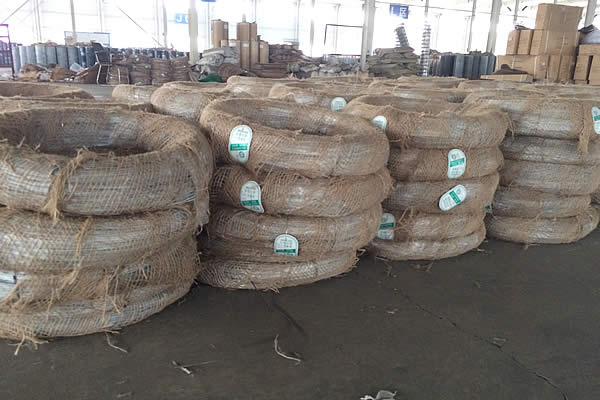 TEL:
+86-13102802206
TEL:
+86-13102802206
 Email:
fencenetting@china.com
Email:
fencenetting@china.com
 Language
Language
 TEL:
+86-13102802206
TEL:
+86-13102802206
 Email:
fencenetting@china.com
Email:
fencenetting@china.com
 Language
Language


Temporary Paddock Fencing A Practical Solution for Livestock Management
In livestock management, the use of fencing is essential for ensuring the safety and well-being of animals while also protecting property and crops. Among the various types of fencing available, temporary paddock fencing has gained popularity for its flexibility, affordability, and ease of installation. This article explores the benefits and considerations of temporary paddock fencing, outlining why it is a favored choice among farmers and ranchers.
Versatility in Application
One of the most significant advantages of temporary paddock fencing is its versatility. Farmers often need to create separate enclosures for various purposes, such as rotational grazing, breeding, or isolating sick animals. Temporary fencing allows for quick adjustments and the ability to move or expand paddocks as needed. This adaptability is especially beneficial in situations where the landscape may change or when different types of livestock require specific care and management.
Ease of Installation and Removal
Temporary paddock fencing is designed for quick installation and removal, which can save essential time and labor. Unlike permanent fencing, which often requires machinery, digging, and long-term planning, temporary solutions can be set up in a matter of hours. This makes it an excellent choice for seasonal pastures or for farmers experimenting with different grazing strategies without committing to a permanent setup.
Cost-Effectiveness
Financial considerations play a crucial role in any agricultural endeavor. Temporary paddock fencing is generally less expensive than traditional fencing materials such as wood or metal. It allows farmers to stretch their budgets further, particularly when resources are limited. Additionally, the option to rent fencing materials rather than purchase them outright can further reduce costs, making it accessible for smaller operations.

Animal Safety and Welfare
Using temporary fencing does not sacrifice the safety and well-being of livestock. Many modern options are constructed with durable materials that can effectively contain animals while minimizing the risk of injury. Electric fencing, for instance, is a common temporary solution that offers a psychological barrier to livestock, encouraging them to stay within designated areas without the risk of physical harm. Furthermore, well-designed temporary fences help prevent overgrazing, ensuring that pastures remain healthy and sustainable.
Environmental Impact
Temporary paddock fencing can also contribute to better land management practices. Rotational grazing, facilitated by temporary systems, allows pastures to recover and regenerate, promoting soil health and biodiversity. This approach reduces overuse of specific areas and can lead to more efficient nutrient cycling, ultimately benefiting both the animals and the land.
Considerations and Recommendations
While temporary paddock fencing offers numerous advantages, it’s essential to consider the specific needs of each operation. Factors such as the type of livestock, local weather conditions, and potential predators should all influence the choice of fencing materials and designs. Additionally, regular maintenance and inspections are vital to ensure that temporary fences remain effective and safe.
Conclusion
In conclusion, temporary paddock fencing presents a practical solution for livestock management, offering versatility, cost-effectiveness, and ease of use. As agricultural practices continue to evolve, the integration of more flexible fencing solutions will likely play a pivotal role in promoting sustainable farming practices. By adopting temporary fencing, farmers can enhance animal welfare and land management while adapting to the ever-changing demands of the agricultural landscape.